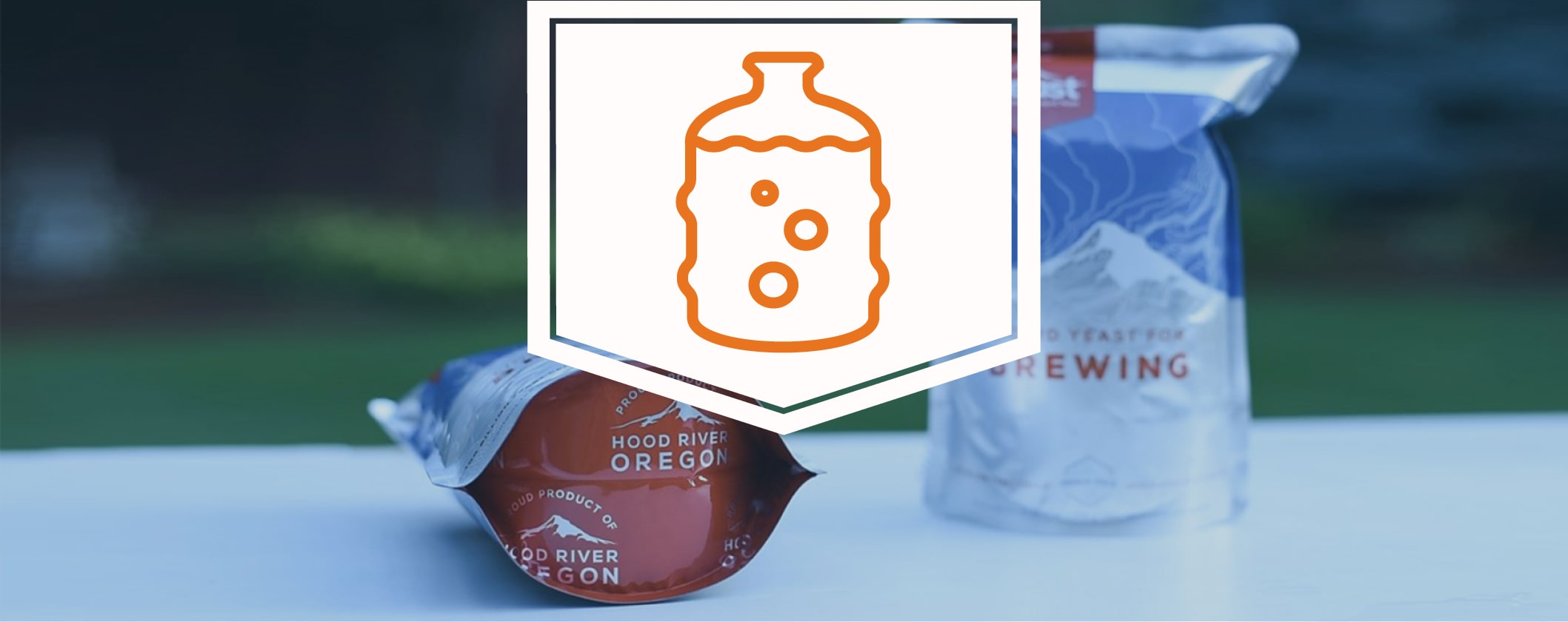Oxygenation & Aeration

Oxygen is a critical additive in brewing. Oxygen is the only necessary nutrient not naturally found in wort. Adding adequate oxygen to wort requires a fundamental understanding of why yeast needs oxygen, how much oxygen they need, and how to get oxygen into solution and the factors affecting solubility of oxygen.
WHY YEAST NEED OXYGEN
Yeast use oxygen for cell membrane synthesis. Without oxygen, cell growth will be extremely limited. Yeast can only produce sterols and certain unsaturated fatty acids necessary for cell growth in the presence of oxygen.
Inadequate oxygenation will lead to inadequate yeast growth, which can cause poor attenuation, inconsistent or long fermentations, production of undesirable flavor and aroma compounds, and produces yeast that are in poor condition at the end of the fermentation.
HOW MUCH OXYGEN?
Oxygen requirement is variable and depends on yeast strain employed, pitch rate, original gravity of wort, and wort trub levels.
Some yeast strains have higher oxygen requirements than others. However, it is generally safe to assume that you need at least 10ppm of oxygen. 10ppm will supply adequate oxygen in most situations. Over-oxygenation is generally not a concern as the yeast will use all available oxygen within 3 to 9 hours of pitching and oxygen will come out of solution during that time as well. Under-oxygenation is a much bigger concern.
High original gravity (>1.065) wort, in addition to increasing osmotic stress on yeast, can cause problems with achieving adequate levels of dissolved oxygen. As the gravity of wort increases, solubility of oxygen decreases. Increased temperatures also decrease the solubility of wort.
The unsaturated fatty acids found in wort trub can be utilized by yeast and directly incorporated into membranes. If wort trub levels are low, yeast will need to synthesize more of these lipids and therefore will require more oxygen.
METHODS OF AERATION / OXYGENATION
Homebrewers have several aeration/oxygenation methods available to them: siphon sprays, whipping, splashing, shaking, pumping air through a stone with an aquarium pump, and injecting pure oxygen through a sintered stone. We have tested all of these methods using a dissolved oxygen meter and have found that, when using air, 8 ppm of oxygen in solution is the best that you can achieve. Injecting oxygen through a stone will allow much higher dissolved oxygen levels. The chart below shows methods tested and the results.
| Method | DO ppm | Time |
|---|---|---|
| Siphon Spray | 4 ppm | 0 sec. |
| Splashing & Shaking | 8 ppm | 40 sec. |
| Aquarium Pump w/ stone | 8 ppm | 5 min |
| Pure Oxygen w/ stone | 0-26ppm | 60 sec (12ppm) |
It was concluded that pumping compressed air through a stone is not an efficient way to provide adequate levels of DO. Traditional splashing and shaking, although laborious, is fairly efficient at dissolving up to 8 ppm oxygen. To increase levels of oxygen, the carboy headspace can be purged with pure oxygen prior to shaking. The easiest and most effective method remains injecting pure oxygen through a sintered stone.
